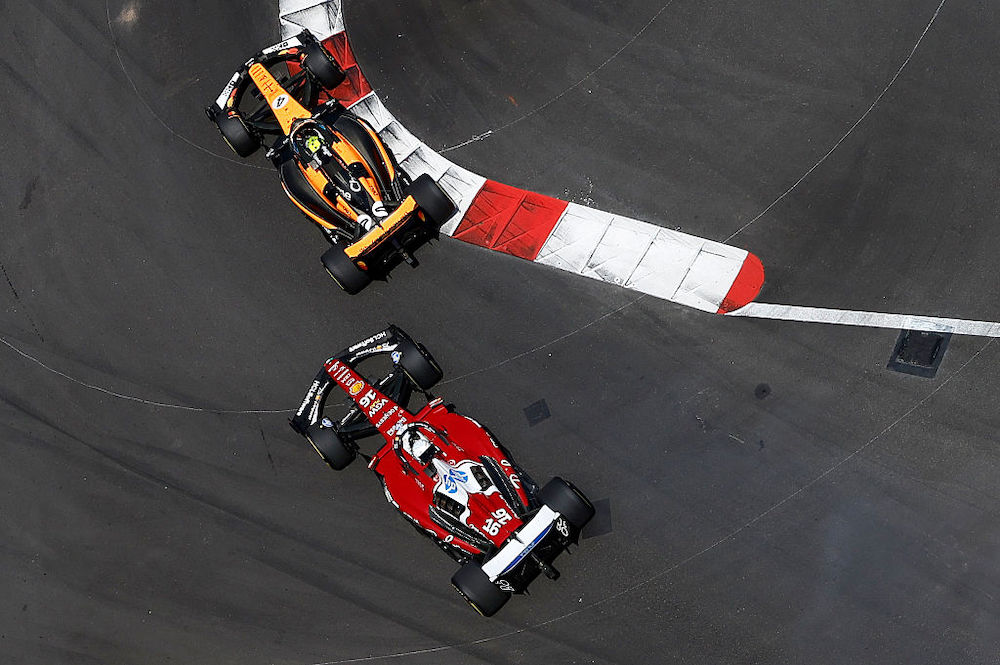Impact of 2026 Regulations on Current Season
The anticipation surrounding 2026 has significantly influenced the Formula 1 season. In pre-season car launches, there was an ongoing emphasis on the need to balance development efforts for 2025 and the upcoming 2026 regulations, which involve substantial changes to both power units and chassis. Discussions about next year’s vehicles have escalated, with intense behind-the-scenes activity for the 2026 world championship already underway, affecting current track performances.
Resource Allocation and Cost Cap
Every team entered this season with a clear strategy on how to allocate resources, driven in part by the cost cap set at $130 million. This cap limits teams’ spending on core activities related to designing and racing their cars. While there are exclusions that allow for higher actual expenditures, a significant factor affecting development is the Aerodynamic Testing Regulations (ATR), which restricts wind tunnel and CFD testing.
Efficiency of Wind Tunnel Usage
The ATR constraints enforce limits on the number of wind tunnel runs, active data collection time, and facility occupancy. Teams must manage their testing resources carefully, as focusing on minor gains for the 2025 car detracts from progress on the 2026 model. This often leads to a challenging balancing act between short-term performance and long-term development.
Strategic Challenges Among Teams
The practical implementation of resource plans often shifts due to evolving circumstances. For instance, changes in wind tunnel and CFD resource allocation occurred between the Canadian and Austrian Grands Prix based on championship standings. Teams like McLaren, currently leading both championships, enjoy a favorable position but still navigate the complexities of focusing on two seasons.
Mercedes and Ferrari’s Dilemmas
Teams like Mercedes and Ferrari face tougher decisions. Mercedes might consider sacrificing this season for better preparation for 2026 but must also resolve existing tire issues. In contrast, Ferrari, under pressure to salvage victories, must maintain its 2026 development focus while overcoming setbacks from a disappointing current season.
The Importance of Effective Performance Optimization
Understanding how to capitalize on performance improvements is crucial. Teams need to be strategic in maximizing their current car’s capabilities while planning for the future. Meanwhile, mid-field teams such as Williams and Alpine remain in competitive positions, emphasizing the intrinsic value of each incremental improvement as they battle for championship standings.
Long-term Implications of Current Decisions
As development decisions have already been likely made, their ramifications will extend beyond 2025. Teams need to begin the new rule cycle robustly, making the ability to optimize existing machinery a critical aspect of their strategy moving forward.



